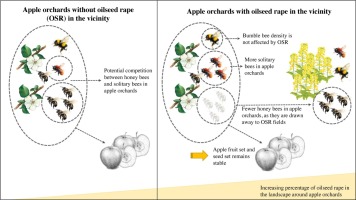Kalanchoe Blossfeldiana Care: [Soil, Moisture, Pruning and Problems]
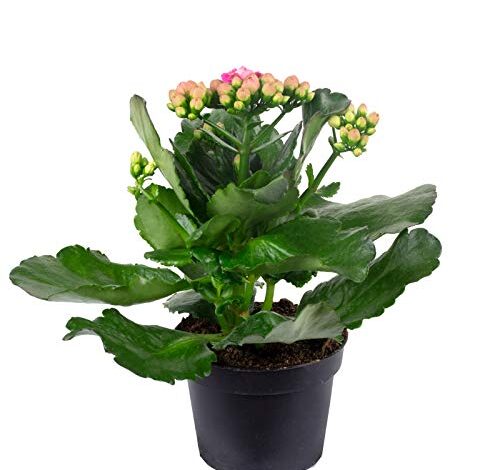
What characteristics does kalanchoe blossfeldiana have?
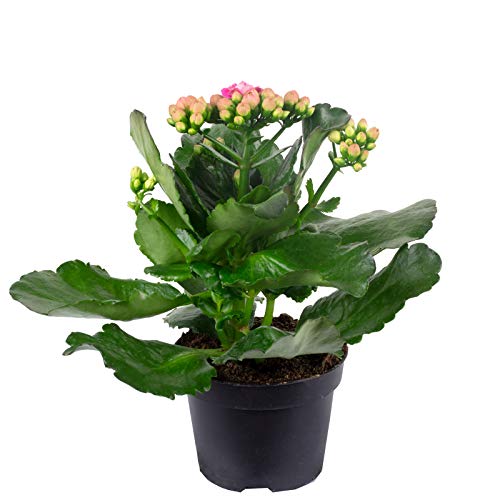
Kalanchoe blossfeldiana (scientific name) is a semi-shrubby perennial ornamental plant of splendorous beauty.
It is used to decorate interior spaces in our house due to its small size and the beautiful flowers it produces.
It is a plant of the Crasulaceae genus and for this reason it is crass or non-cactus succulent, endemic to Madagascar.
Its cultivation is simple. It does not present major problems of cultivation or development, not even during the winter.
Its height can be 40 cm with succulent stems, erect, from which fleshy leaves sprout with green toothed margins, and its roots are fasciculate, developed in a substrate layer of 15-25 cm.
The flowers sprout from the end of winter to the end of spring in inflorescences grouped in the form of a raceme, with four petals and of various colors, white, yellow, red, purple or orange with a wide range of tones.
Inside the home we must place it in a place where it has good lighting, making sure that the sun’s rays do not touch it directly because they can cause irreversible burns, so windows are not recommended.
We can also plant it outside , as it is a beautiful ornament that adorns the garden; There we will put it in semi-shadow, with more light than shadow, because it does not enjoy in the dark.
It is such a beautiful plant that we can place it in the dining room, the study, the bathroom and even in the kitchen, because wherever it is it will cheer our senses since it will be like a haven of peace that will cure us of stress.
What land needs does kalanchoe blossfeldiana have?
As we indicated, it is an easy-to-grow plant that, in a pot, requires a universal growing substrate mixed with perlite in equal parts, and in the garden the soil must be sandy with good drainage.
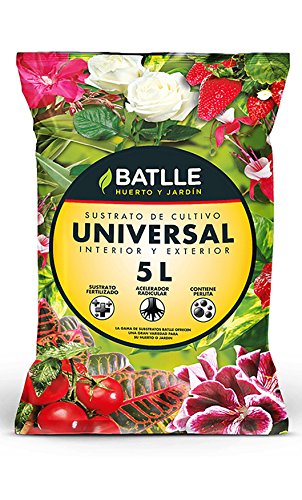
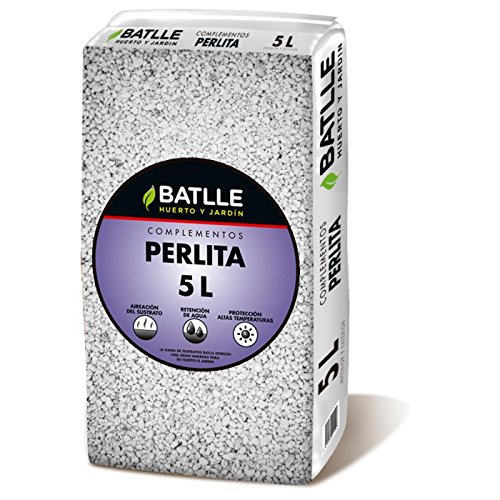
We could also use a peaty and light seedbed or indoor plant substrate with a pH of 6.5, lightly fertilized.
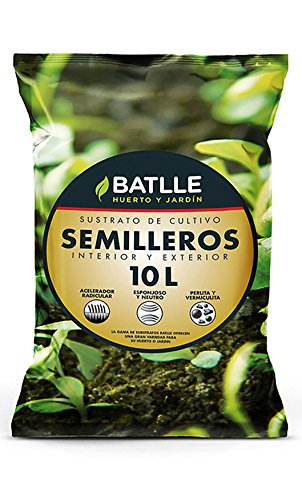
If you do not have sandy soil, it is recommended to make a 50 cm planting hole in the ground and fill it with the above-mentioned substrate, after covering it with shading mesh and anti-weed.
How to make kalanchoe blossfeldiana grow strong and vigorous?
Non-professional growers, like us, can do it by multiplying the cutting, an apical bud cutting (head) with three pairs of well-developed, clean- cut leaves and a centimeter of stem, which we will bury in the substrate preferably from the end of spring to early fall.
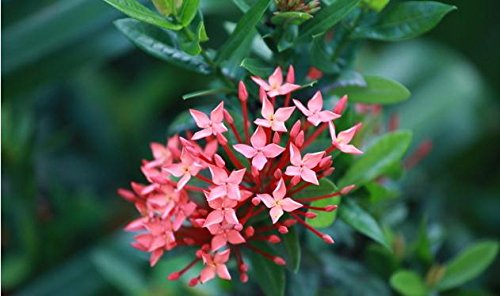
We can also do the cutting in small pots of 10 cm in diameter. Fifteen days later it will have emitted its first roots and after a month it will have rooted, so we can move it to a larger pot, especially in spring when the risk of frost has passed and the temperature remains above 10ºC.
The recommended fertilizer is cactus and other succulents or natural fertilizers such as guano in liquid form, not very rich in nitrogen, although rich in potassium to promote development.
It is a plant with a warm climate whose temperature should be between 18ºC and 25ºC, never below 10ºC, because it will present problems that could become unsolvable.
What moisture does kalanchoe blossfeldiana need?
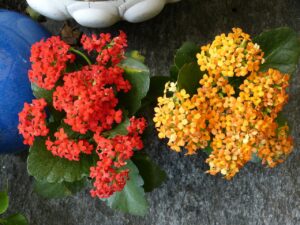 Kalanchoe blossfeldiana is a plant from warm regions, but it is advisable to keep the substrate moist, but not flooded, because, as a succulent plant, it could easily rot.
Kalanchoe blossfeldiana is a plant from warm regions, but it is advisable to keep the substrate moist, but not flooded, because, as a succulent plant, it could easily rot.
In this sense, we must take care of the irrigation, which must be more intense than the other species, but without going to extremes.
Neither too much nor too little, so it is advisable to check the humidity of the ground, before doing so, with your finger or with a stick or a digital humidity meter.
If we have it in a pot, it is recommended to weigh it when watering to check the volume of water, and be careful! do not place a plate under it to avoid the accumulation of water that could cause irreversible damage.
In any case, experts recommend watering three times a week in summer and once or twice a week during the rest of the year. Do not spray because the leaves could rot quickly.
Excess humidity is bad for this species, which for this reason could fill with black spots on leaves and stems, which represents a problem that is difficult to solve if it is not attacked in time.
Is it necessary to prune kalanchoe blossfeldiana?
Pruning should not be to shape it, but to alleviate the density of vegetation, because it is a species that does not need it, like one of those ladies of spontaneous and simple beauty who do not need makeup to attract attention.
How often should we prune kalanchoe blossfeldiana?
Likewise, it is convenient to notice in winter if there has been a reddish coloration typical of low temperatures.
How to avoid pests and diseases of kalanchoe blossfeldiana?
Kalanchoe blossfeldiana is a plant sensitive to mealybugs , especially cottony ones. Also to the limpets that feed on the sap of the tender stems and leaves. Therefore, as it is a small plant, we must be vigilant and have pharmacy alcohol on hand to remove these pests with a brush.
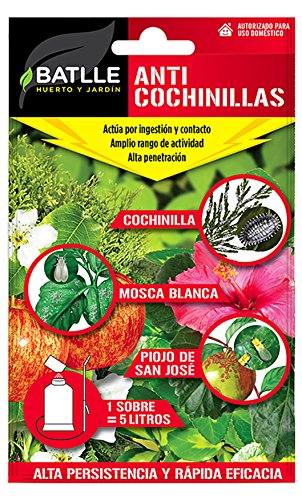
Likewise, it is possible that it is attacked by diseases such as mildew , a fungus favored by excess humidity. Then, as we indicated, there will be black spots on leaves and stems, so we will have to go to pruning to eliminate the problem.
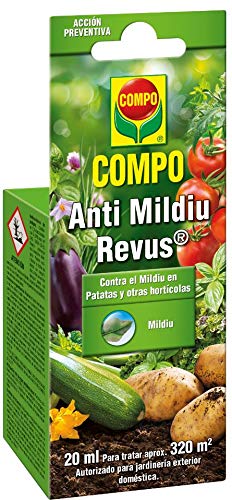

![Photo of Planting a Banana: Complete Guide [Answer to All Your Questions]](https://www.complete-gardening.com/wp-content/uploads/2022/08/planting-a-banana-complete-guide-answer-to-all-your-questions-390x220.jpg)
![Photo of Kokedama Care: [Earth, Moisture, Pruning and Problems]](https://www.complete-gardening.com/wp-content/uploads/2021/06/41Ld-6E4pgL._SL500_-390x220.jpg)
![Photo of How to Prune Watermelons: [Dates, Tools and Ways to Do It]](https://www.complete-gardening.com/wp-content/uploads/2022/08/how-to-prune-watermelons-dates-tools-and-ways-to-do-it-390x220.jpg)
